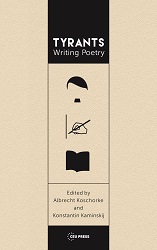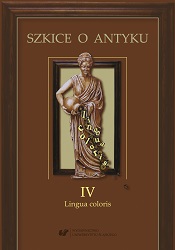
Wojownik, obrońca wiary i uciśnionych? Wzorce rycerskie w świetle średniowiecznych przekazów narracyjnych
Medieval knighthood was not a homogeneous group; we encounter here ordinary knights and affluent magnates. The aim of the article is to study, in light of the 10th- to 14th-century narrative sources from Central Europe, how knights, both the rich and the less wealthy, spent time, what activities they engaged in, what their customs and guiding principles were, and if there existed any differences among countries. In chronicles, we often find descriptions of rulers-knights portrayed as perfect commanders, although we also come across accounts of failed expeditions. Over centuries, the ideal of a prince-commander has changed. Knights are portrayed as noble and valiant, however, deceit as one of the ways of fighting occurs more and more often, and so does treachery. It should be emphasized that the picture emerging from an analysis of the chronicles departs from the frequently idealized view of a medieval commander/knight retained in general conscience, oftentimes contrarily to the intentions of the chroniclers. Then, what was the code of a knight/ruler in light of the narrative sources? A knight should be courageous, loyal to the lord/commander and obedient. He could seek revenge upon his enemy, but it was perceived worse if he used a stratagem unless it served a good cause. A knight should not however, disgrace himself with betrayal, which could be redeemed only by heroic death.
More...










